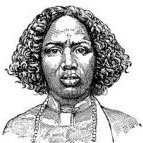Sign in to follow this
Followers
0

Nomads Trading with Empires: Intercultural Trade in Ancient Somaliland in the First to Seventh Centuries CE
By
Deeq A., in
News - Wararka

By
Deeq A., in
News - Wararka